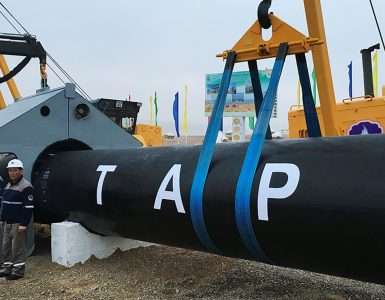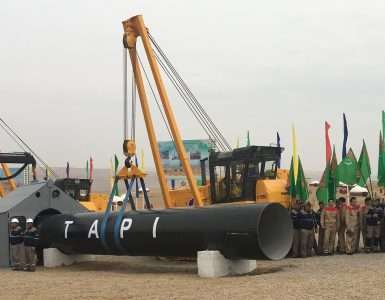Oil and financial sanctions on Iran will probably be lifted within the first three months of 2016, according to four western diplomats familiar with the nuclear monitoring process.
Under the terms of a July 14 accord between world powers and Iran, sanctions imposed internationally on the Persian Gulf nation will be lifted in return for restrictions on nuclear work. The Vienna-based International Atomic Energy Agency will assess when Iran has fulfilled the terms of deal, paving the way for the removal of restrictions.
The monitoring necessary for that to happen will probably be in place by January or February, according to three of the envoys. A fourth saw restrictions lasting as late as March. All of the officials have knowledge of the IAEA’s verification regime in Iran and asked not to be named discussing confidential estimates.
All four envoys dismissed assertions made by skeptics of the deal that it doesn’t give IAEA investigators enough access to suspect Iranian facilities. The agency has already begun to receive significantly more information, one person said.
Time to Verify
“We’ll do everything to accelerate our work but it depends very much on Iran’s activities and they are related to technical realities,”
IAEA director general Yukiya Amano said Monday at a press conference in Vienna. “We need to see how they can organize and how fast they can do it.”
While Amano said he was aware that Iran will try to implement its obligations “as soon as possible,” he declined to forecast how long it would be before inspectors can verify that Iran has eliminated low-enriched uranium stockpiles and centrifuge machines.
The seven-nation accord, already approved by the United Nations Security Council, will be officially adopted by next month and IAEA investigators will give their final assessment of Iran’s past nuclear activities by Dec. 15, according to the timeline.
The U.S. Congress has until Sept. 17 to try to pass a resolution that could block the deal’s implementation, though President Barack Obama has vowed to veto any Senate motion to reject it.
Iran plans to produce 3.8 million to 3.9 million barrels of oil a day by March, with output rising by 500,000 barrels a day soon after sanctions are lifted and by 1 million barrels within the following five months, Oil Minister Bijan Namdar Zanganeh said in a Sept. 2interview. It’s currently producing 2.8 million barrels a day, its highest level in three years, and is exporting more than 1 million barrels a day, he said.









